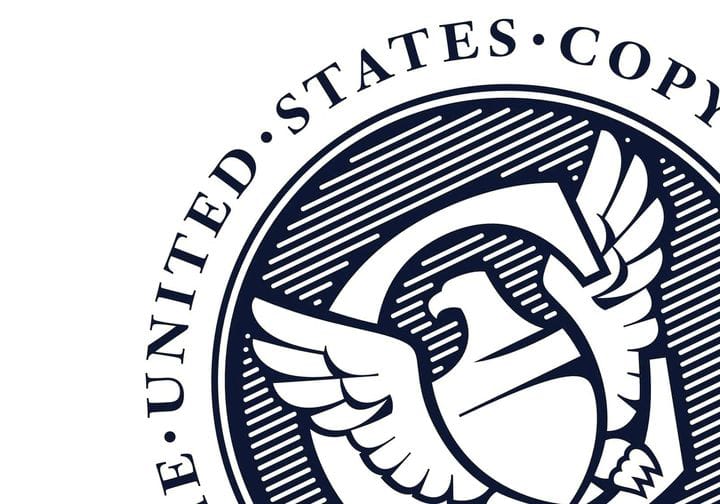![A new exemption has been added to the US DMCA for 3D printing [Source: US Copyright Office]](https://fabbaloo.com/wp-content/uploads/2020/05/image-asset_img_5eb0a39921308.jpg)
Well, well, it seems there has been a significant legal development in the US regarding use of third party 3D printing materials.
The change deals with the DMCA (Digital Millennium Copyright Act), which attempts to modernize copyright for the digital age and has upset decades of previous practices. The DMCA allows a copyright owner to present a take down notice to someone who is using the owner’s material without permission.
Generally this is a good thing; if for example you had made a movie and found it was being played for paying audiences in Topeka, you could legally ask them to stop doing so.
However, in recent years the DMCA has been leveraged by some manufacturers to bolster their product sales and service operations. They have done so by suggesting that their product’s system is a closed device and that by, for example, attempting to repair it you would be breaking the DMCA rules. Thus customers would be legally forced to use the manufacturer’s repair services or even buy a replacement device.
Of course, many people simply go ahead and repair or modify devices anyway, but they theoretically risk legal action, particularly if they are making money from the actions.
The new rules issued by the US authorities are aimed at eliminating that particular misuse of the DMCA.
Earlier this month, the US National Telecommunications and Information Administration, part of the United States Department of Commerce, provided formal advice to the US Copyright Office, who own the DMCA. The advice suggested a series of exemptions covering a number of problematic areas where the DMCA collided with reality, including:
-
Criticism and comment
-
Accessibility
-
Space-shifting
-
HDCP-HDMI
-
Unlocking
-
Jailbreaking
-
Repair
-
Software preservation
-
Video game preservation
-
Security research
-
Avionics
-
3D printing
Wait, what was that last one about?
They say:
“Proponents seek to expand a current exemption that permits the circumvention of access controls on computer programs in 3D printers to enable the use of non-manufacturer approved feedstock. The current exemption language encompasses:
Computer programs that operate 3D printers that employ microchip reliant technological measures to limit the use of feedstock, when circumvention is accomplished solely for the purpose of using alternative feedstock and not for the purpose of accessing design software, design files or proprietary data; provided, however, that the exemption shall not extend to any computer program on a 3D printer that produces goods or materials for use in commerce the physical production of which is subject to legal or regulatory oversight or a related certification process, or where the circumvention is otherwise unlawful.”
This is dealing with the issue that some 3D printers are explicitly limited by manufacturers to use only approved materials. Typically this is done by embedding a microchip in the materials cartridge, which is read by the machine when printing. Such machines are thus unable to make use of third party materials that could have better engineering properties, are a new material or are less expensive.
There’s a long formal discussion of the matter, but it boils down to this: the DMCA previously had made an exemption for 3D printer operators to use non-approved materials, but this exemption was effectively non-functional because in order to actually use the non-approved materials you would most often have to jigger with the software running the printer. And THAT was not exempted.
But now it apparently is, as the document states and exemption for:
“Computer programs that operate 3D printers that employ microchip reliant technological measures to limit the use of feedstock, when circumvention is accomplished solely for the purpose of using alternative feedstock and not for the purpose of accessing design software, design files, or proprietary data.”
So it now appears that you can mess with the 3D printer’s software – but only to use non-approved materials. This prevents unscrupulous individuals from stealing the software itself for other commercial purposes, but at the same time allows users the freedom of materials.
This is very good news for 3D printer operators, as it now legally permits additional use of 3D print materials. This change could lead to additional innovations as more technical explorations will occur.
For 3D printer manufacturers offering equipment requiring proprietary materials, it’s not so good news, as it effectively permits their customers to modify the machines to use alternative materials, thus cutting off a major source of revenue.
However, in practice very few operations would actually go to the effort of modifying machines because they would no doubt be bumped off the support programs from the manufacturers.











